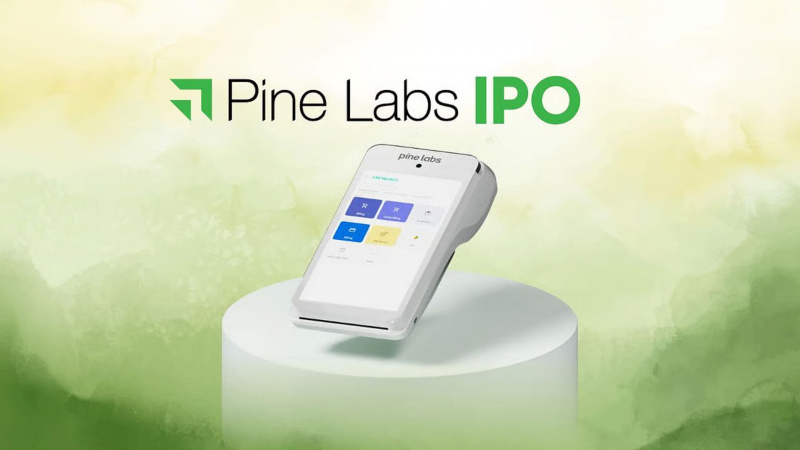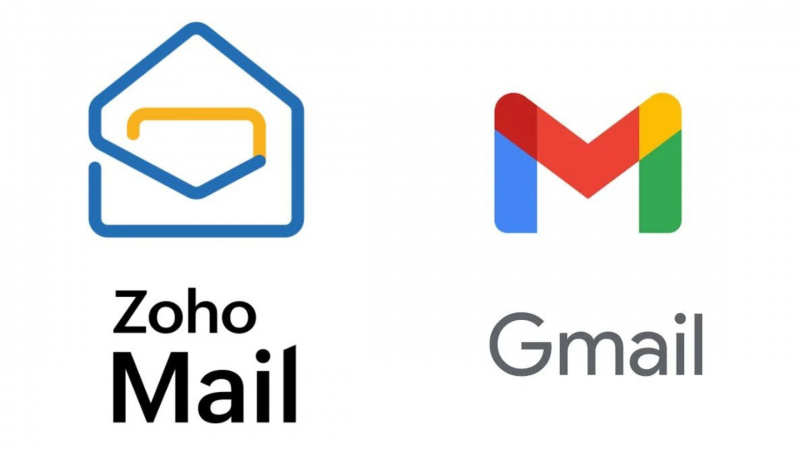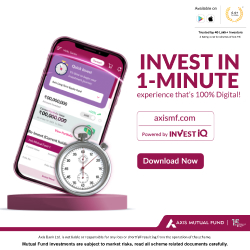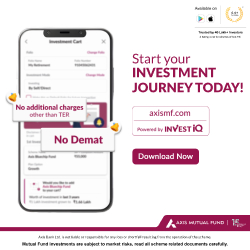Zoho Products: Complete List, Launch Years, and What Each One Does
1. Zoho CRM (Launched 2005) — The Flagship Sales EngineNo Zoho conversation starts without
- by Shan 2025-10-13 12:11:43
Introduction: From a Modest Start to a Global SaaS Powerhouse
If you’ve worked in tech, business, or marketing in the last decade, chances are you’ve heard of Zoho. Once a small Indian software company competing quietly against giants like Microsoft and Salesforce, Zoho has grown into one of the world’s most complete SaaS ecosystems — with more than 55+ integrated products covering everything from CRM and HR to accounting, analytics, and communication.
Founded in 1996 by Sridhar Vembu and Tony Thomas, Zoho began as AdventNet, a network management company. Over the next two decades, it evolved into a full-scale cloud-based software suite, built for small businesses, enterprises, and even freelancers. Today, Zoho boasts over 100 million users worldwide, making it one of India’s biggest success stories in tech innovation.
This article breaks down Zoho’s key products, launch years, and what they do, giving you a clear map of the Zoho ecosystem — from its flagship CRM to its latest AI-driven tools.1. Zoho CRM (Launched 2005) — The Flagship Sales Engine
No Zoho conversation starts without Zoho CRM. Launched in 2005, it was one of the earliest cloud-based Customer Relationship Management systems designed to rival Salesforce — but at a fraction of the price.
What it does:
Zoho CRM helps businesses manage leads, sales pipelines, customer interactions, and marketing automation — all in one place. It integrates deeply with other Zoho apps (like Campaigns, Desk, and Books), creating a 360° view of customer data.
Key Features:
AI assistant Zia for predictive analytics
Omnichannel communication (email, call, chat, social)
Sales forecasting and workflow automation
Integration with Google Workspace, Office 365, and Slack
Who it’s for: Sales teams, SMEs, and enterprises looking for a flexible, affordable CRM alternative.
2. Zoho Books (Launched 2011) — Accounting Simplified
Introduced in 2011, Zoho Books became a go-to choice for accountants and small business owners seeking GST-compliant, cloud-based accounting.
What it does:
Zoho Books manages invoices, payments, expenses, and financial reports. It integrates seamlessly with Zoho Inventory, CRM, and Payroll, offering complete financial visibility.
Key Features:
Automated bank reconciliation
Client portal and online payments
Multi-currency and multi-country compliance
Real-time business reports and analytics
Who it’s for: Freelancers, startups, and SMBs that need accurate accounting without enterprise-level complexity.
3. Zoho Mail (Launched 2008) — Ad-Free Email for Businesses
When Zoho Mail launched in 2008, it challenged the norm: a secure, ad-free email service for professionals. Built with privacy at its core, Zoho Mail now powers millions of inboxes globally.
What it does:
It’s a business-class email suite with collaboration tools, calendar integration, and advanced spam protection — all hosted on Zoho’s secure cloud infrastructure.
Key Features:
Ad-free inbox
Custom domain support (you@yourcompany.com)
Integrated calendar, tasks, and notes
End-to-end encryption
Who it’s for: Businesses valuing privacy, clean design, and independence from Big Tech email ecosystems.
4. Zoho Projects (Launched 2006) — Project Management Made Smarter
Zoho Projects, launched in 2006, remains one of Zoho’s most-loved tools for managing projects, tasks, and teams.
What it does:
It allows teams to plan projects, track milestones, manage resources, and collaborate in real time. Think of it as Zoho’s answer to Asana or Trello — but with tighter business integrations.
Key Features:
Gantt charts, time tracking, and task automation
Role-based permissions
Native integration with Zoho Sprints, Docs, and Analytics
Client collaboration portals
Who it’s for: Agencies, tech teams, and remote workers who need full project visibility.
5. Zoho Desk (Launched 2016) — Customer Support with Context
In 2016, Zoho launched Zoho Desk, its AI-driven helpdesk software designed to make customer service smarter and faster.
What it does:
It connects tickets, chats, emails, and calls into one unified interface, helping support teams respond efficiently and personally.
Key Features:
AI chatbot Zia for auto ticket tagging and insights
Multi-channel support (email, chat, social)
Custom workflows and dashboards
Integration with CRM and Analytics
Who it’s for: Businesses that want to modernize their customer service operations with automation and insights.
6. Zoho Creator (Launched 2006) — Build Apps Without Code
A true pioneer in low-code development, Zoho Creator, launched in 2006, allows users to build custom business apps without needing deep coding skills.
What it does:
It provides a drag-and-drop interface to design workflows, forms, and reports — automating business operations easily.
Key Features:
Low-code app builder
AI and workflow automation
Mobile app deployment
Integration with Zoho and third-party APIs
Who it’s for: Non-technical users, developers, and businesses looking to digitize manual processes.
Also Read: Zoho Mail vs Gmail (2025): Which Email Platform Is Best for Businesses, Startups, and Students?
7. Zoho People (Launched 2008) — Smart HR Management
Zoho People entered the HR software market in 2008, focusing on employee management and performance tracking.
What it does:
It streamlines attendance, leave, onboarding, payroll integration, and performance reviews — all in one cloud-based platform.
Key Features:
Attendance and leave tracking
Performance appraisal modules
Shift scheduling and remote check-in
Integration with Zoho Payroll
Who it’s for: HR teams and organizations moving toward remote or hybrid models.
8. Zoho Workplace (Launched 2017) — Unified Office Suite
Launched in 2017, Zoho Workplace bundled Zoho’s communication and productivity tools into a single platform — offering an alternative to Google Workspace and Microsoft 365.
What it does:
It combines Zoho Mail, Docs, Writer, Sheet, Cliq, and Meeting, ensuring seamless collaboration and data security.
Key Features:
Unified login and document sharing
Cloud storage and file versioning
Real-time team chat (Cliq) and video conferencing (Meeting)
Deep integration across the Zoho ecosystem
Who it’s for: Businesses seeking a complete, privacy-respecting productivity suite.
9. Zoho Campaigns (Launched 2012) — Email Marketing with Automation
In 2012, Zoho launched Zoho Campaigns, an email marketing automation platform for businesses of all sizes.
What it does:
It helps users design, send, and track email campaigns, with automation tools to nurture leads effectively.
Key Features:
Drag-and-drop email builder
Automated workflows and segmentation
Detailed analytics and A/B testing
CRM and social media integration
Who it’s for: Marketers and sales teams aiming for targeted, data-driven campaigns.
10. Zoho One (Launched 2017) — The Operating System for Business
Zoho One was a game changer when it launched in 2017. Marketed as the “Operating System for Business,” it unified over 45+ Zoho apps under one subscription.
What it does:
It gives businesses access to every Zoho product — CRM, Books, Projects, Desk, People, Campaigns, and more — all tightly integrated.
Key Features:
Centralized user management and security
AI-powered analytics across apps
Unified billing and data visibility
Single sign-on for all products
Who it’s for: Organizations that want a connected digital ecosystem instead of juggling multiple software vendors.
11. Zoho Analytics (Launched 2009) — Data Visualization & Business Intelligence
Introduced in 2009, Zoho Analytics empowers teams to turn data into visual insights.
What it does:
It integrates with over 250 data sources, helping businesses build interactive dashboards and reports — no coding required.
Key Features:
AI-based data preparation
Cross-app analytics
White-label BI for enterprises
Integration with Zoho CRM, Books, and external data sources
Who it’s for: Decision-makers who rely on data visualization to guide strategy.
12. Zoho Cliq (Launched 2017) — Business Chat for Teams
Zoho Cliq, launched in 2017, is Zoho’s internal communication tool — similar to Slack but fully integrated with the Zoho suite.
What it does:
It allows team messaging, video calls, and project discussions, all synchronized with other Zoho apps.
Key Features:
Channels, direct messages, and bots
Video conferencing and screen sharing
Workflow automation through commands
Integrations with CRM, Desk, and Projects
Who it’s for: Teams needing secure, contextual collaboration inside one ecosystem.
Zoho’s Philosophy: Privacy, Integration, and Affordability
What makes Zoho stand out is not just the number of products — it’s the values behind them.
Zoho has never taken venture capital, keeps user data private, and prices its software transparently. The company’s rural headquarters in Tenkasi, India, symbolizes its unique approach: innovation without compromise.
Final Thoughts: Zoho’s Ecosystem is Built for the Future
From CRM and Books to Analytics and AI-powered tools, Zoho has proven that an integrated, privacy-respecting SaaS ecosystem can compete with global giants. Each product — built in-house, designed to work together — strengthens Zoho’s mission to make technology accessible to every business, everywhere.
In 2025, as the world shifts toward AI, remote work, and data-driven decision-making, Zoho stands as one of the few companies truly offering a complete digital workspace — crafted with purpose, precision, and trust.
Also Read: Arattai vs WhatsApp: Which Messaging App Should You Choose in 2025?
POPULAR POSTS
The Agentic Revolution: Why Salesforce Is Betting Its Future on AI Agents
by Shan, 2025-11-05 10:29:23
OpenAI Offers ChatGPT Go Free in India: What’s Behind This Big AI Giveaway?
by Shan, 2025-10-28 12:19:11
Arattai vs WhatsApp: Which Messaging App Should You Choose in 2025?
by Shan, 2025-10-10 11:55:06
Top Buy Now Pay Later (BNPL) Apps for Easy Shopping in 2025
by Shan, 2025-09-22 10:56:23
iPhone 17 Sale in India Begins: Full Price List, Launch Offers and Store Availability
by Shan, 2025-09-19 12:00:45
Apple September 2025 Event Recap: iPhone 17, iPhone Air, Apple Watch Series 11, and India Pricing Revealed
by Shan, 2025-09-10 09:55:45
ChatGPT Down? Global Outage Reports Surge as OpenAI Remains Silent
by Shan, 2025-09-03 11:07:05
RECENTLY PUBLISHED

Loan EMIs to Drop as RBI Slashes Repo Rate - Full MPC December 2025 Highlights
- by Shan, 2025-12-05 11:49:44

Pine Labs IPO 2025: Listing Date, Grey Market Premium, and Expert Outlook
- by Shan, 2025-11-05 09:57:07

Top 10 Insurance Companies in India 2026: Life, Health, and General Insurance Leaders Explained
- by Shan, 2025-10-30 10:06:42

Best Silver Investment Platforms for 2025: From CFDs to Digital Vaults Explained
- by Shan, 2025-10-23 12:22:46

Zoho Mail vs Gmail (2025): Which Email Platform Is Best for Businesses, Startups, and Students?
- by Shan, 2025-10-09 12:17:26

PM Modi Launches GST Bachat Utsav: Lower Taxes, More Savings for Every Indian Household
- by Shan, 2025-09-24 12:20:59




 Subscribe now
Subscribe now 